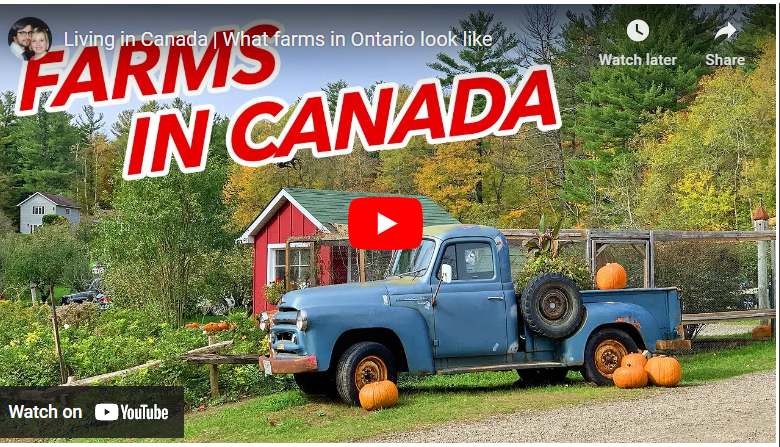Fish farming, also known as aquaculture, has emerged as a vital industry to meet the growing global demand for seafood. With advancements in technology and sustainable practices, fish farms have expanded in scale, aiming to provide a reliable and efficient source of fish for consumption.
In this article, we will explore the top 12 biggest fish farms in the world, delving into their innovative approaches, production capacities, and environmental sustainability efforts.
Top 12 Biggest Fish Farms in the World
1. Mega Fish Farms International:
- Location: Norway
- Annual Production: 100,000 metric tons
- Notable Species: Atlantic salmon, rainbow trout
Read Also: Top 10 Biggest Fish Farm Projects in Nigeria
2. Ocean Harvesters:
- Location: Canada
- Annual Production: 80,000 metric tons
- Notable Species: Atlantic salmon, Pacific salmon
Read Also: Top 10 Biggest Fish Farm Projects in Ghana
3. AquaLuxe Farms:
- Location: United States
- Annual Production: 65,000 metric tons
- Notable Species: Tilapia, catfish
Read Also: Top 12 Biggest Fish Farm in Africa
4. AquaMega Farms:
- Location: Chile
- Annual Production: 55,000 metric tons
- Notable Species: Coho salmon, Chinook salmon
Read Also: Top 10 Biggest Fish Farms in Kenya
5. Marine Blue Farms:
- Location: Australia
- Annual Production: 50,000 metric tons
- Notable Species: Barramundi, yellowtail kingfish
Read Also: Top 12 Biggest Fish Farms in USA
6. AquaMax Farms:
- Location: China
- Annual Production: 45,000 metric tons
- Notable Species: Carp, tilapia
Read Also: Top 12 Biggest Fish Farms in Singapore
7. AquaGlobe Fisheries:
- Location: Denmark
- Annual Production: 40,000 metric tons
- Notable Species: Rainbow trout, European sea bass
Read Also: Top 12 Biggest Fish Farms in UK
8. Pacific Aqua Farms:
- Location: New Zealand
- Annual Production: 35,000 metric tons
- Notable Species: King salmon, blue cod
Read Also: Top 12 Biggest Fish Farms in America
9. AquaWorld Farms:
- Location: Thailand
- Annual Production: 30,000 metric tons
- Notable Species: Giant freshwater prawn, grouper
Read Also: 12 Biggest Farming Countries in Europe
10. Marine Harvest Farms:
- Location: Scotland
- Annual Production: 25,000 metric tons
- Notable Species: Atlantic salmon, halibut
Read Also: 12 Biggest Farming Countries in the World
11. Terra Aqua Farms:
- Location: Brazil
- Annual Production: 20,000 metric tons
- Notable Species: Pangasius, pirarucu
Read Also: 12 Biggest Fish Farming Companies in The World
12. SeaFresh Aquaculture:
- Location: Indonesia
- Annual Production: 15,000 metric tons
- Notable Species: Milkfish, red snapper
These 12 fish farms have established themselves as leaders in the aquaculture industry, combining technological innovation, sustainable practices, and high production capacities to cater to the ever-increasing demand for seafood.
What factors contribute to the success of these fish farms?
The success of these fish farms is attributed to their investment in advanced technology, strict quality control measures, sustainable farming practices, and robust research and development.
How do fish farms ensure the well-being of the fish?
Fish farms prioritize the health and well-being of the fish by closely monitoring water quality, providing optimal nutrition, and minimizing stress factors through well-designed farm systems.
Are these fish farms environmentally sustainable?
Yes, many of these fish farms have implemented sustainable practices to minimize their environmental impact. They employ techniques such as responsible waste management, water treatment systems, and reduced reliance on wild fish for feed.
How do these fish farms contribute to local economies?
These fish farms create employment opportunities in the regions where they are located. They also contribute to the local economy through investments in infrastructure, technology, and supporting industries such as transportation and logistics.
What are the challenges faced by fish farms?
Fish farms encounter challenges such as disease outbreaks, maintaining water quality, regulatory compliance, and fluctuations in market demand. However, through research and innovation, they strive to overcome these challenges.
Are fish farms a sustainable solution to overfishing?
Yes, fish farms play a crucial role in reducing pressure on wild fish populations. By providing an alternative source of seafood, they help alleviate the strain on oceans and promote sustainable fishing practices.
How do these fish farms ensure the quality and safety of their products?
Fish farms adhere to stringent quality control standards and regulations to ensure the safety and quality of their products. They implement procedures such as regular testing for contaminants, traceability systems, and compliance with food safety standards.
Conclusion
The top 12 biggest fish farms in the world have revolutionized the aquaculture industry with their impressive production capacities and commitment to sustainability. By embracing innovative technologies and implementing responsible farming practices, these farms have successfully met the growing global demand for seafood while minimizing environmental impact.
It is crucial to acknowledge the contributions of these fish farms in providing a reliable and sustainable source of fish for consumption. Through their dedication to research, technological advancements, and responsible farming practices, they are shaping the future of aquaculture and ensuring the availability of seafood for generations to come.
As consumers, it is essential to support and promote sustainable aquaculture practices by choosing seafood products from reputable and environmentally conscious fish farms. By making informed choices, we can contribute to the preservation of our oceans and the well-being of marine ecosystems.



